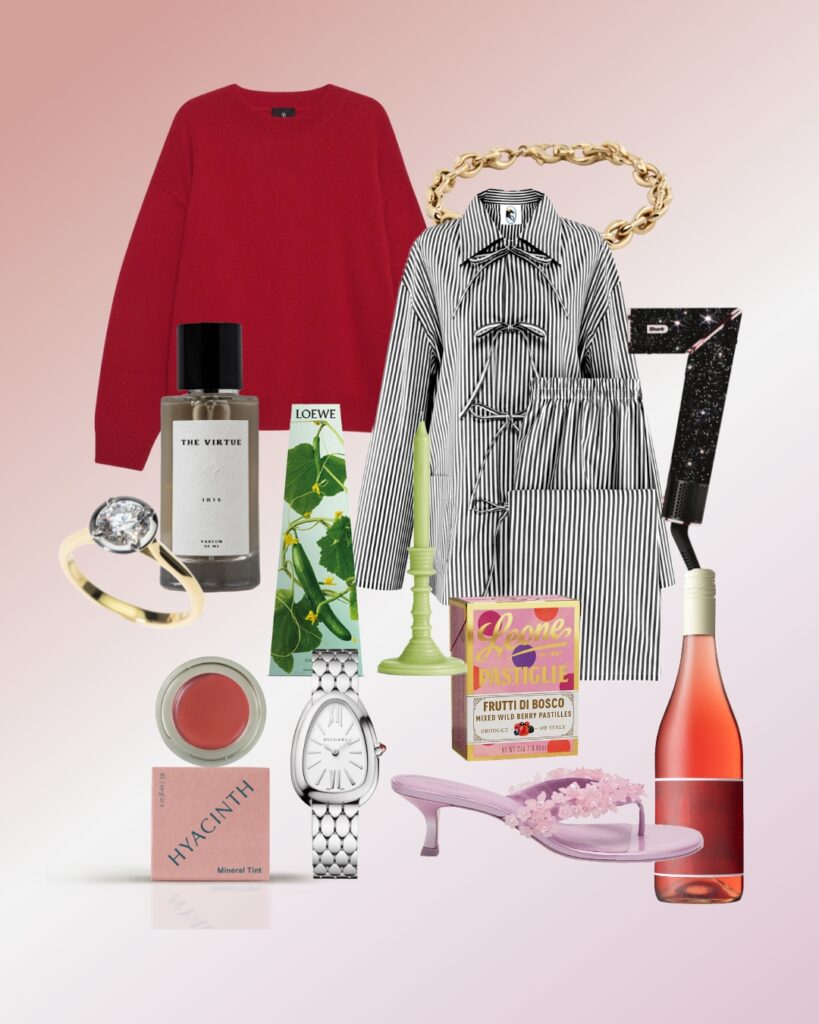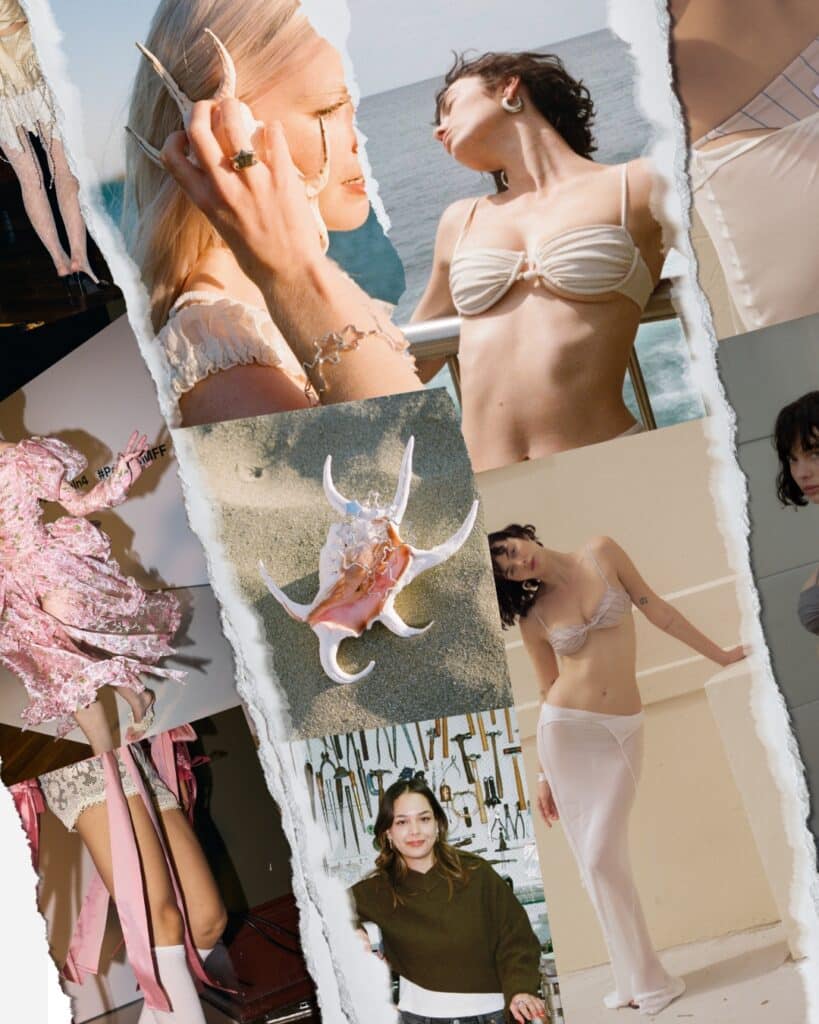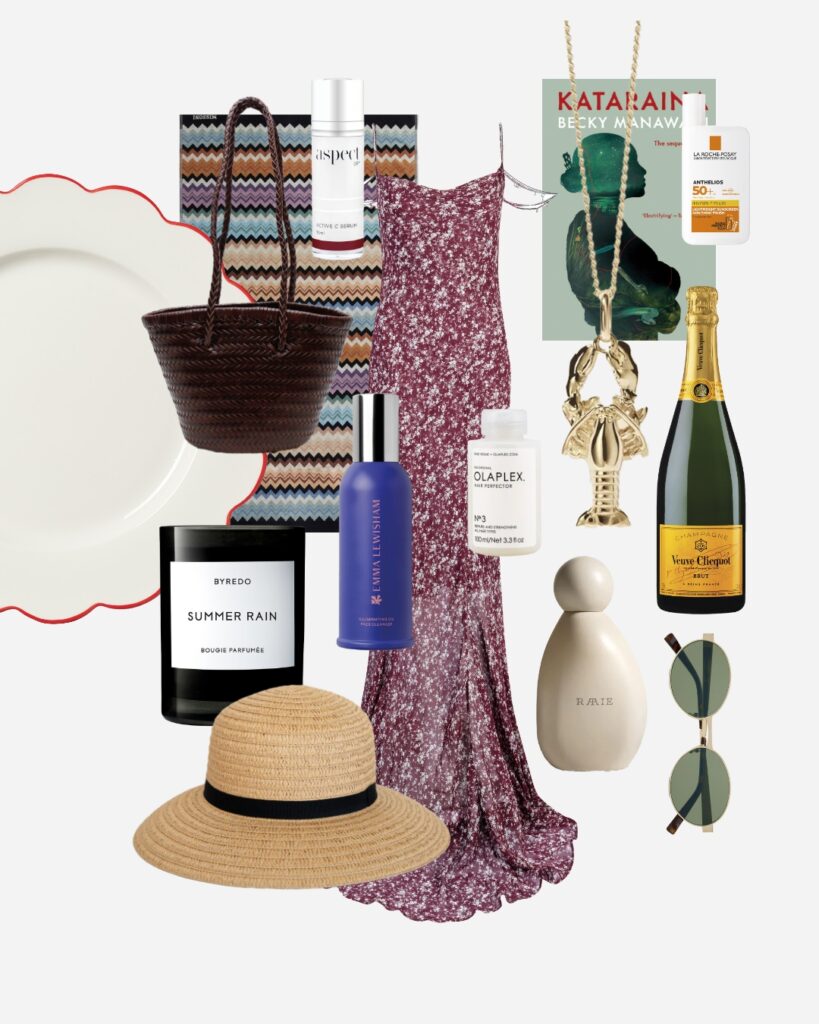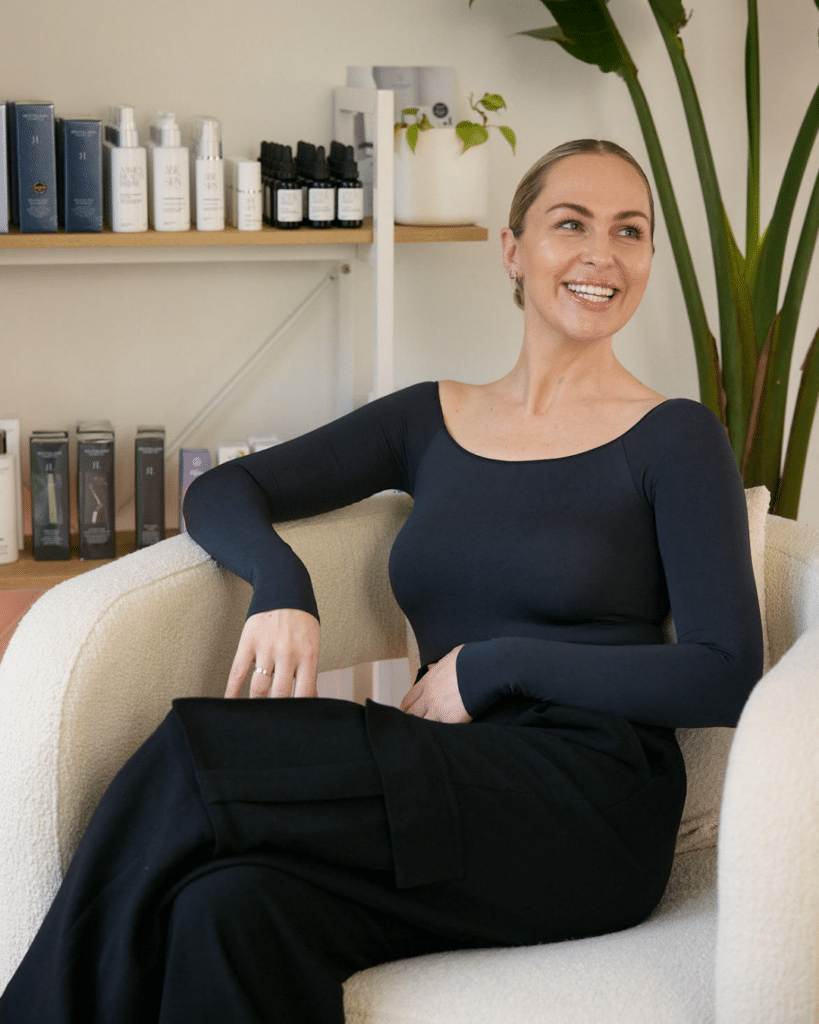If you’ve been impressed with Khloé Kardashian’s recent hair transformation and are thinking of switching up your dark tresses for something a bit lighter this summer, then these tips are for you!
We spoke to Amiee Marie Faesen Kloet, creative director of Amiee Marie Hair Studio in Auckland, about how to prepare for a brunette-to-blonde transition:
1. Research what shade of blonde you would like to go beforehand – and bring examples.
With so many shades to choose from, chances are there will be a blonde to suit you. Plus, as Faesen Kloet says, “these days, going blonde doesn’t have to mean an all-over blonde. An ombré approach (darker roots fading down to lighter ends) is a great introduction to making the transition to blonde to see if you like it. And you can always go lighter from there.”
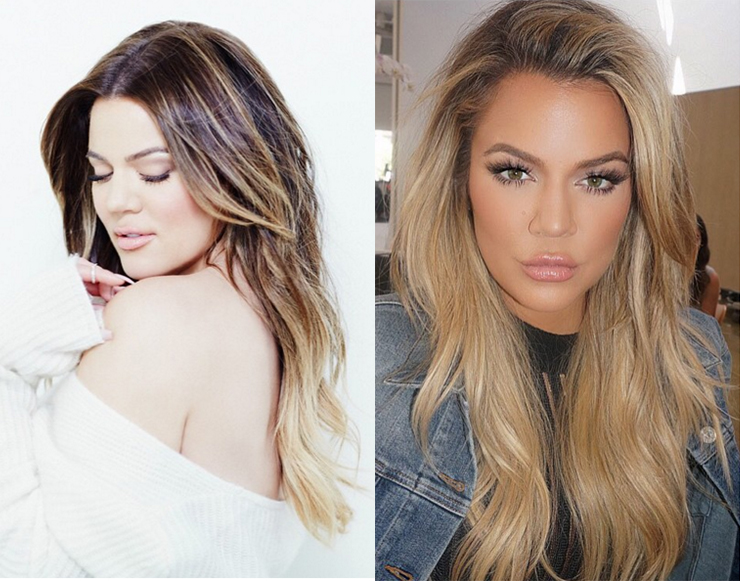
To avoid leaving the salon unhappy, Faesen Kloet advises bringing photos with you of your dream hair. “A client’s interpretation of colour may be different to mine, so I always like to use images to make sure we are on the same page. Pinterest and Instagram are great for hair inspiration – often clients have saved images of my work from my Instagram page which gives me a very clear idea of what they are after,” she says. “I also like to go over their hair history with them – including any previous colours they’ve had – and discuss their hair goals to make sure I have a good understanding of what they’re after and whether it’s achievable.”
If your hair was blonde or much lighter as a child, often this is a good indication of the shade of blonde you will suit. Your hairdresser will be able to help guide you but generally speaking, cool or ashy blondes tend to complement cool skin tones, while a more golden blonde works better on warm skin tones.
Sometimes less is more. Root colour blending into lightner ends #modernsalon
A photo posted by Amiee Marie Hair Studio (@amieemariehairstudio) on
2. Ensure your hair is in the best state possible before colouring.
Although these days there are ways of ensuring your hair sustains the least amount of damage as possible, bleaching or chemically-treating hair will always cause some damage. So before you head to the hair salon with blonde photos in tow, make sure your hair is in the healthiest condition possible.
This means doing regular deep conditioning treatments and getting regular trims. Faesen Kloet also recommends clients start using the Olaplex #3 treatment at home: “This treatment strengthens the hair, allowing me to colour the hair with less damage.” Broken and split hair is not only going to look less pretty, but the damage also affects the way the colour is absorbed. In short, the better condition your hair is in, the better colour result you’ll get.
Before ➕ after! I did a full head of weaved foils using Joico Verolite with Olaplex. I used 20vol at the nape, 30vol on crown and sides and 40vol on top. I toned roots with Joico Vero color 9N + 8A 10vol and toned the rest with Joico violet gloss toner. Great results! ✔️ A photo posted by Amiee Marie Hair Studio (@amieemariehairstudio) on
3. Prepare to be patient – the best results won’t happen overnight.
Faesen Kloet never promises clients a dramatic change in one go, advising that it can take several appointments to achieve the result you’re after. “I often lighten over several sessions and add Olaplex to the lightener, which allows me to lighten the hair while keeping it healthy and strong,” she says. “It’s definitely a process going from dark to light and patience is key.”
Using Olaplex with the colour minimises damage from chemicals, allowing for more dramatic changes (think Kim Kardashian’s platinum moment) but it is still best to take baby steps to get to blonde.
Khloé Kardashian’s hair transformation is a great example – she has been lightening her hair for years, starting with an ombré, moving into babylights and now, undergoes a full head of highlights. Each colour appointment will get you closer to your end goal but will maintain the health of your hair as much as possible. As Khloé’s hairdresser, Tracy Cunningham says: ”You need lots of moisturizing treatments in-between each service to help maintain healthy hair.”
4. If a dramatic change scares you, consider subtle babylights or sombré (a soft ombré).
Going lighter doesn’t necessarily mean ‘being blonde’ and a few babylights placed in the right places can have a huge impact, lifting and brightening your skin tone and giving the impression of more texture and volume. ”Babylights are so flattering on everyone,” explains Cunningham of the soft and fine highlights that are artfully placed around the hairline. “They’re those beautiful, sun-kissed tones that your hair took on as a child – very natural and discreet.”
If someone is too scared to try a dramatic change or is worried they won’t suit being blonde, Faesen Kloet suggests having an ombré type colour applied. “I do a lot of freehand balayage where I can just paint the mid-lengths and ends of the hair,” she says. “With balayage, I can colour as much or as little as what the clients wants. It’s a great introduction.”
Seamless blend! ⚡️ #paintedhair A photo posted by Amiee Marie Hair Studio (@amieemariehairstudio) on
5. Lightened hair requires a LOT of upkeep.
Can you dedicate time and money to multiple appointments and at-home treatments? Can you get by without an arsenal of hot styling tools? If the answer to both is yes, then you are a good candidate for going blonde. Aside from the three hour colour appointments required every five to 12 weeks, you will need to regularly condition and tone your hair, to keep the colour and health of your hair at its optimum. Says Faesen Kloet: “I also always recommend my clients use the Olaplex #3 at home treatment once a week. Protein and moisture treatments are helpful, too.”
To prevent hair going brassy, a toning shampoo and conditioner should be used to keep the hair a desirable tone. Faesen Kloet recommends a blue for darker blondes and violet for lighter blondes.
Because your hair is already suffering damage from going lighter, hot styling tools should be avoided as they “cause internal damage that weakens the protein cross-links,” says Cunningham. If you can’t live without your straightener, try to keep them on a lower temperature setting, use a heat protectant spray to minimize damage and try not to use them every day.
* Amiee Marie Hair Studio, Auckland
@amieemariehairstudio
Email: [email protected]


